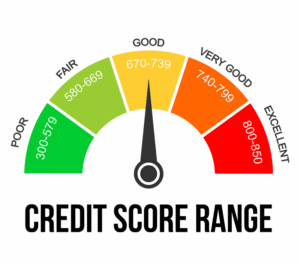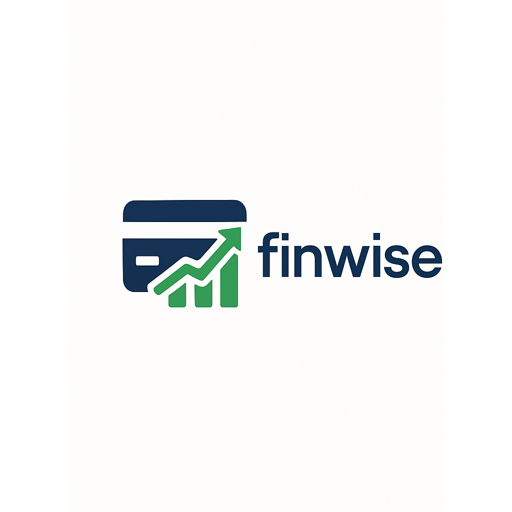Recession-Proof Investment Portfolio 2025: The Killer Guide
Economic uncertainty is not unheard of, but in the year 2025, the indicators of an impending recession are louder than ever.

Be it imminent inflationary pressures, global supply chain disruption, or increasing interest rates, the new reality for investors will see them begin to brace for market volatility. Creating a recession-proof investment portfolio — one that can withstand the worst the economy has to throw at it and continue to help you work toward your long-term goals — is one of the smartest financial moves you can make today.
In this guide we will outline 10 secrets to assist you in building a strong investment portfolio that withstands with all its might, despite the economy.
Understand What “Recession-Proof” Really Means
While a recession-proof portfolio makes a lot of sense, it just means that your investments are unlikely to lose value. It means your portfolio is put together for relatively lower risk and lower volatility, while seeking to maximize long-term stability and sustainability.
You want to spread this out across different sectors, different asset classes, and different levels of risk so that you are not too concentrated in a specific type of investment. At the time of economic pressure, flexibility and equilibrium is the basic requirement.tooltip
Diversify Across Asset Classes
Your first line of support to limit losses is through diversification. Here’s how to do it wisely:
● Stocks (Equities)
Focus on blue-chip companies, you really cannot go wrong with some nice white-collar, debt-less, dividend-steady, must-have products under any economic cycle (yes, health care, utilities, and consumer staples).
● Bonds
When a recession hits, U.S. Treasury and investment-grade corporate bonds (two types of higher-quality bonds) out-perform equities. Having some bonds can smooth your portfolio and generate some certainty in cash flow
● Cash or Cash Equivalents
Some liquidity (money market accounts, high-yield savings) provides a measure of flexibility and purchasing power when bargains appear as asset prices decline.
● Alternative Investments
You can add a further layer of protection by investing in asset classes that tend to have low correlation with traditional markets — like real estate investment trusts (REITs), commodities (such as gold), or even some kinds of infrastructure funds.
Focus on Defensive Sectors
Defensive sectors are sectors that typically do well during an economic recession. Consider increasing your exposure to:
Healthcare – In the long run, people will always need to pay for their medical care no matter the economy.
Utilities — Electric, gas, and water are necessities of life.
Consumer Staples – Staples refer to food, hygiene, household and other essential goods.
Discount Retailers – Retailers such as Walmart and Dollar General sometimes even prosper while consumers are pulling back on spending.
Putting money in these sectors can mitigate your portfolio loss in the overall market.
Prioritize Dividend-Paying Stocks
Typically, companies that pay dividends also have robust fundamentals, steady earnings, and the ability to continue existing for the longer term. They pay to help insulate your portfolio against falling prices.
Look for companies with:
A great dividend trackrecord and also a growing cash dividend (Dividend aristocrats)
Low payout ratios (so they can keep up their payments in a downturn)
Strong cash flow
Additionally, dividends may also soften losses in other parts of your portfolio.
Reduce High-Risk Exposure
It’s time to re-evaluate your risk appetite. High-growth, speculative investments had probably been great trades in bull markets, but at this juncture they could be severely hurt in recessions.
Consider reducing exposure to:
Small-cap and high-growth tech stocks
Cryptocurrencies
Leveraged ETFs
Highly volatile emerging market assets
Not to get rid of them completely — just lower them so you can reduce your risks.
Rebalance Regularly
What was a well-balanced portfolio a year ago may be out of balance today. Which is why, periodic rebalancing is extremely essential, especially during times of volatility.
Rebalancing involves:
Disposing overweight investments that have become too big
Strengthening underweighted regions to return to your intended mix
Lets you stay the course with your investments and manage your risk
Check-ins on a quarterly or biannual cadence suffice, unless markets get really turbulent.
Keep a Long-Term Mindset
Recessions don’t last forever. The markets, in an historical context, tend to come back — and sometimes rebound in more powerful fashion. Whatever you do, do NOT panic sell and stick to your long-term strategy and plan.
Focus on:
Sticking to your investment strategy
Avoiding emotional decisions
Discipline via DCA (Dollar-Cost Averaging)
Note: Best days in the market tend to happen right after the worst days. Generally speaking, staying invested is the best policy.
Work With a Financial Advisor
Assembling a recession-proof portfolio can be daunting; a licensed financial advisor can helpするするす。 They can:
Analyze your current holdings
Aligns your portfolio to your specific financial goals
Suggest tax-efficient strategies
Assist you to stay the path in tumultuous markets
With the help of professionals — if they give you a second opinion — you can clear your mind and be more confident.
Final Thoughts
Nobody can ever say when a recession will actually occur — or how bad it is going to be — but that does not mean that you simply just sit on your hands. It coming down to diversification, cutting down unwanted risks and having its eyes on future fundamentals to ensure that a portfolio not only seeing the tough times, but moving forward along with it.
Creating a recession-proof 2025 portfolio is something you have to do ahead of time, rather than reactively. Here are some actionable steps for what lies ahead. The earlier you do it, the more solid your financial footing will be — in both good times and bad.
Our Post

High Interest Rates, Credit Cards and the U.S. Consumer: What to Know in 2025
The Note: How Decelerating U.S. Economic Growth Affects Using Consumer Credit


